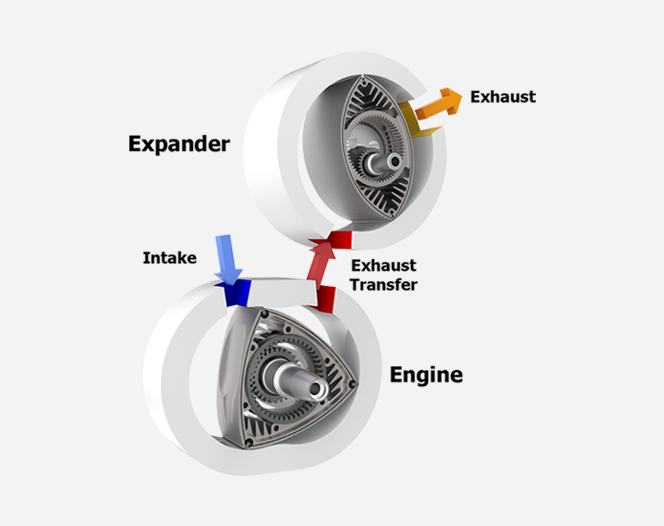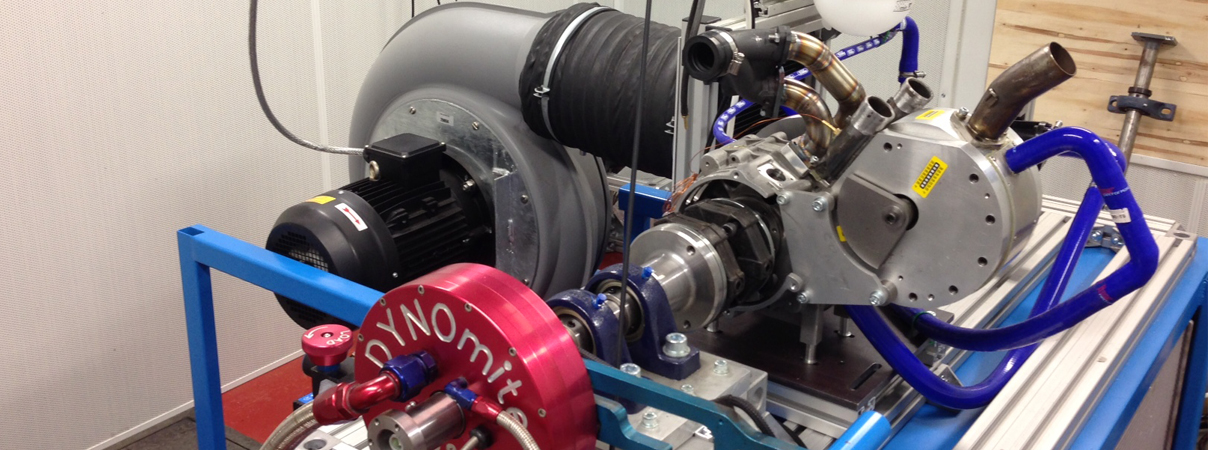Wankel Rotary Engines – Aren’t rotary engines noisy and have poor emissions?

Wankel rotary engines certainly have high energy exhaust (heat and sound) and due to the nature of the engine do have higher HC emissions than a piston reciprocating engine (but similar CO and lower NOx). Emissions though are not a problem (at the moment anyway) for some markets, such as unmanned aerospace, where power, weight, and reliability are the core drivers but are obviously a real challenge for automotive applications.
In a series hybrid application, however, where the engine is not “throttling” and is operated at a consistently high load and rpm (with excess air), the HC emissions from a rotary are not that high. So as discussed in previous answers, the devil (for rotaries) is in the detail and the specific application in question.
Wankel rotary technology targeted at specific solutions allow the engine to deliver all of its benefits (low weight, high power, low vibration) with the negatives largely mitigated or eliminated.

To further enhance its rotary engine performance for series hybrid applications, AIE is developing an additional “overexpansion” or “compounding” unit called “CREEV.”
CREEV utilises a second rotor with a different Wankel geometry to allow overexpansion of the engine’s exhaust to deliver significant reductions in HC emissions, while also recouping otherwise lost energy to improve the overall efficiency and fuel consumption of the engine. CREEV has the additional advantage of reducing exhaust heat and sound energy, making the required exhaust system less complex than would otherwise be required.
CREEV is a fascinating technology and a potential game-changer for rotary engines in hybrid automotive applications, and to demonstrate this, AIE is currently developing a CREEV– enabled package for a Nissan electric van as part of a European H2020 project. For more information about this project, follow the link https://www.creev.technology/.
Find out more information on the core CREEV technology on AIE’s website: https://www.aieuk.com/creev/
This article is part of a question and answer series which can be found at: Ten inaccurate preconceptions about Wankel rotary engines discussed.



